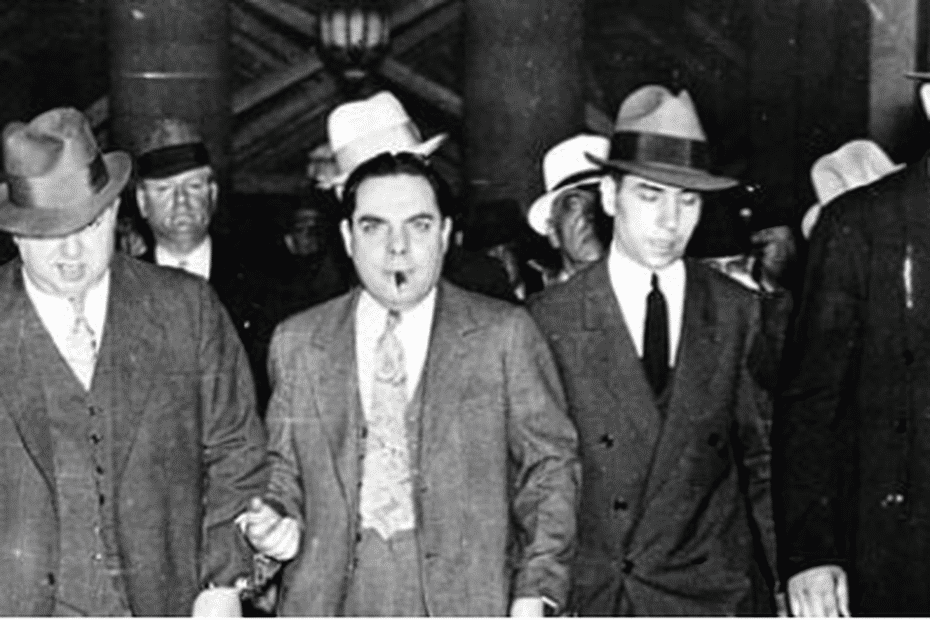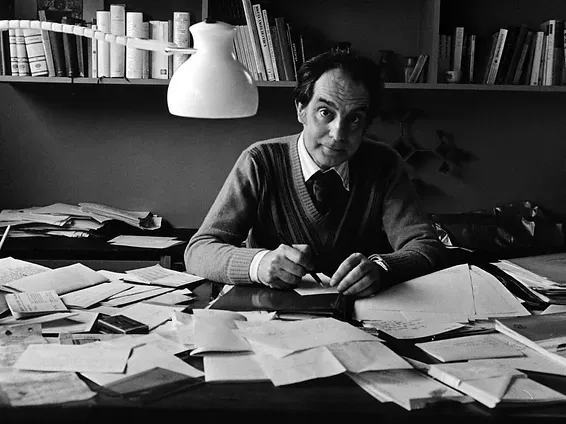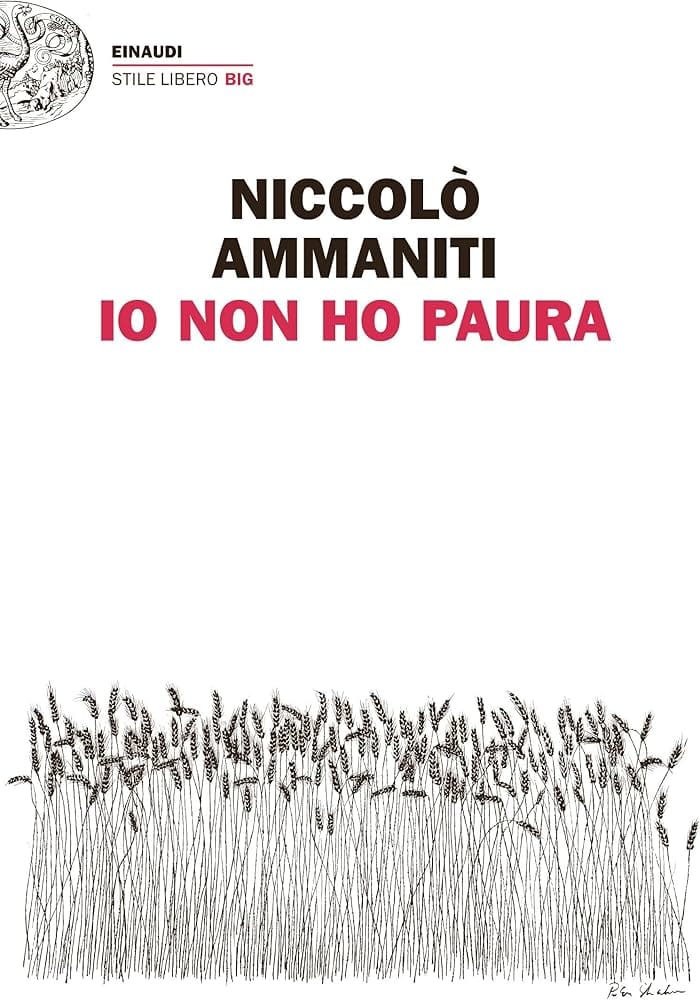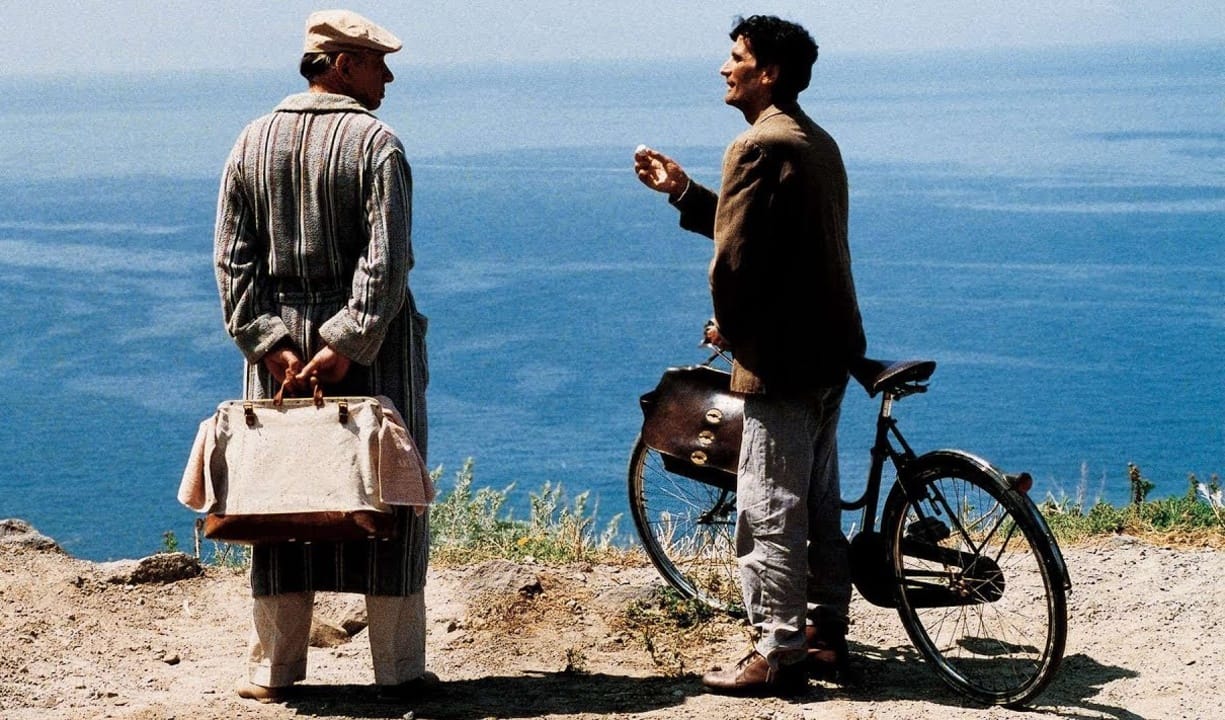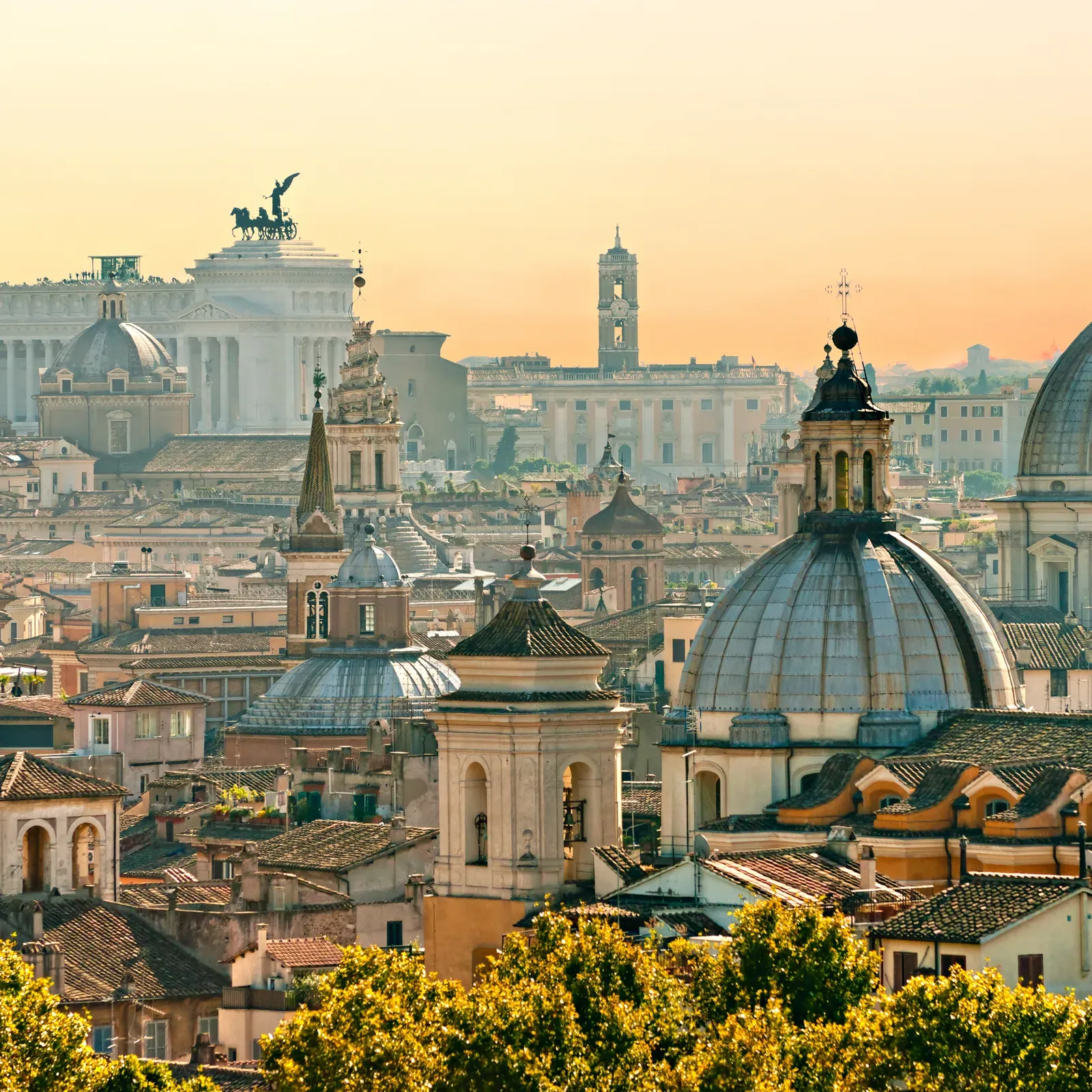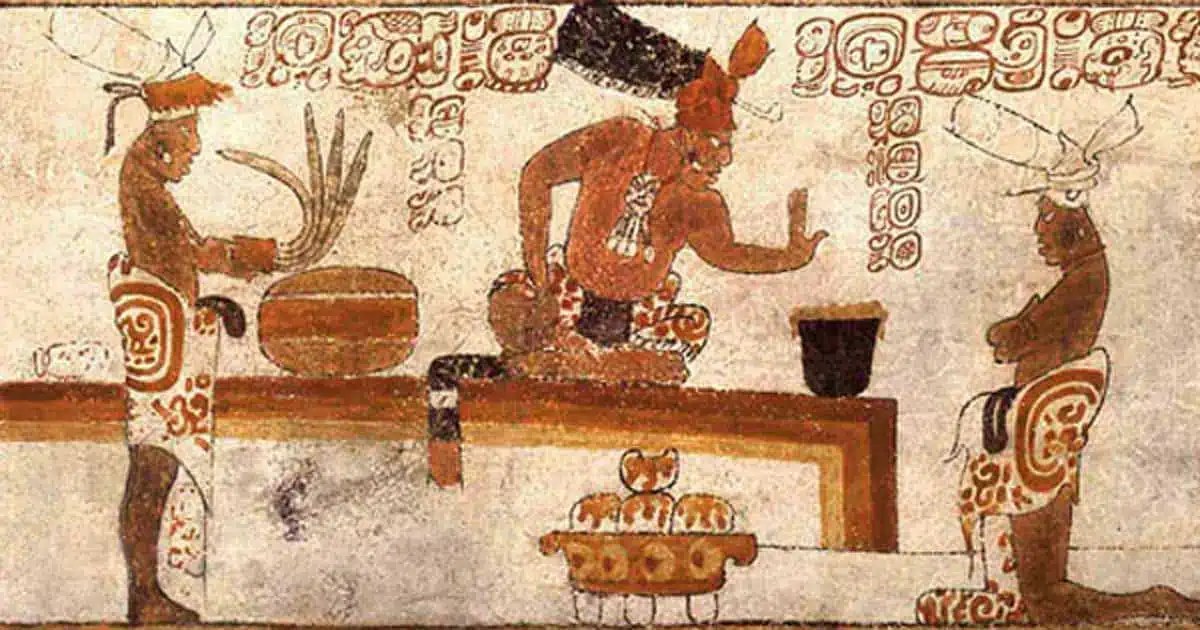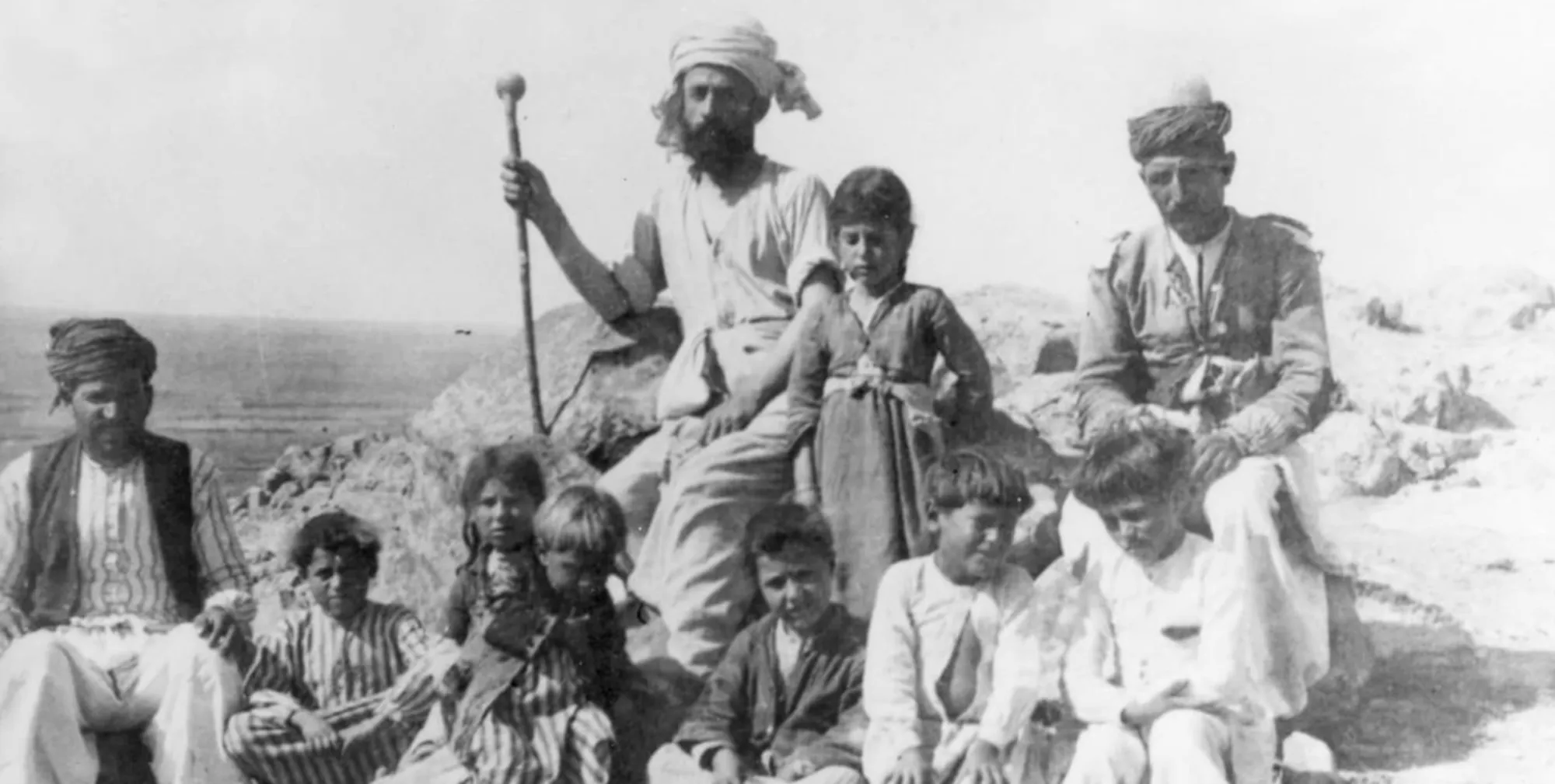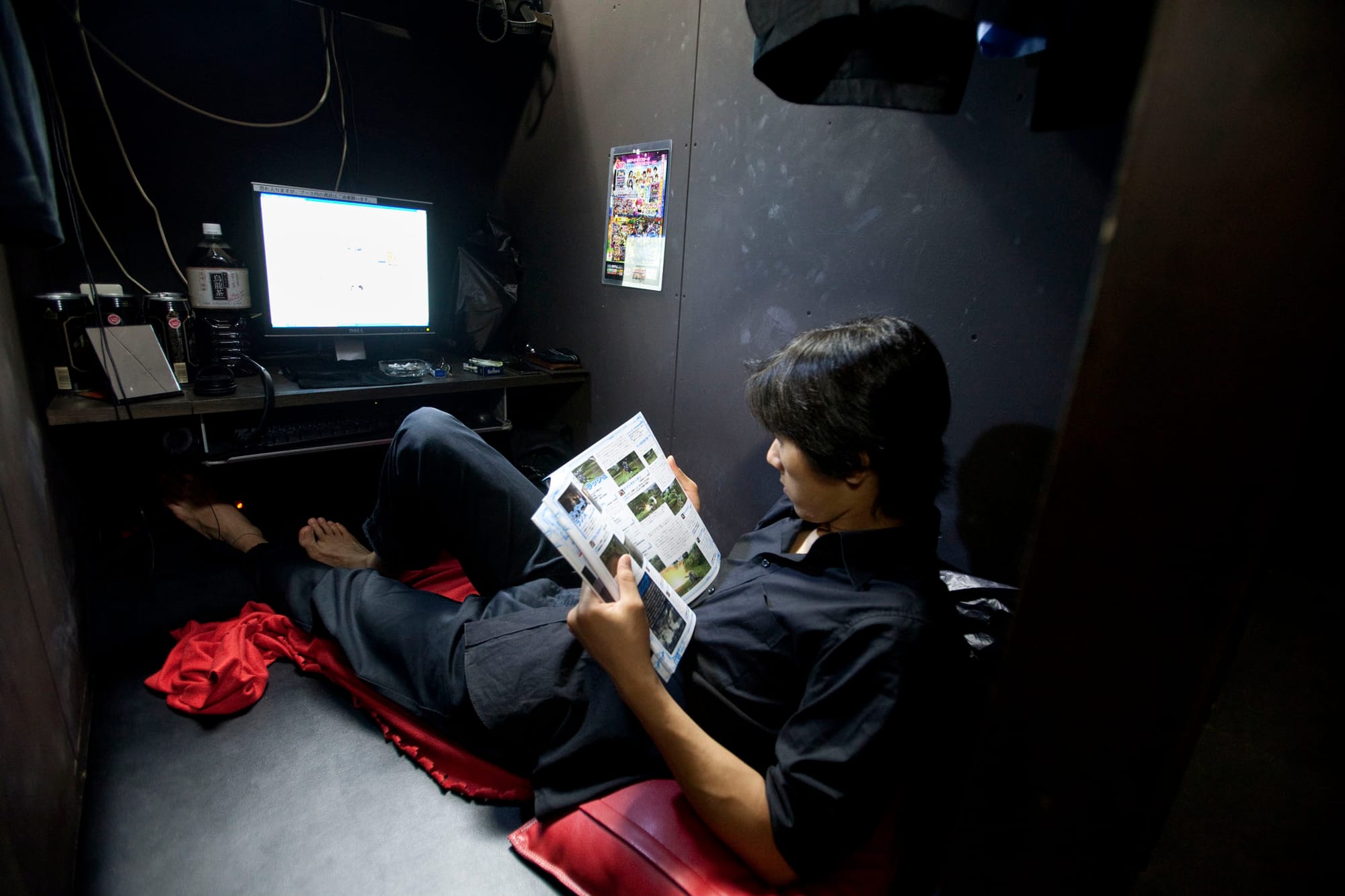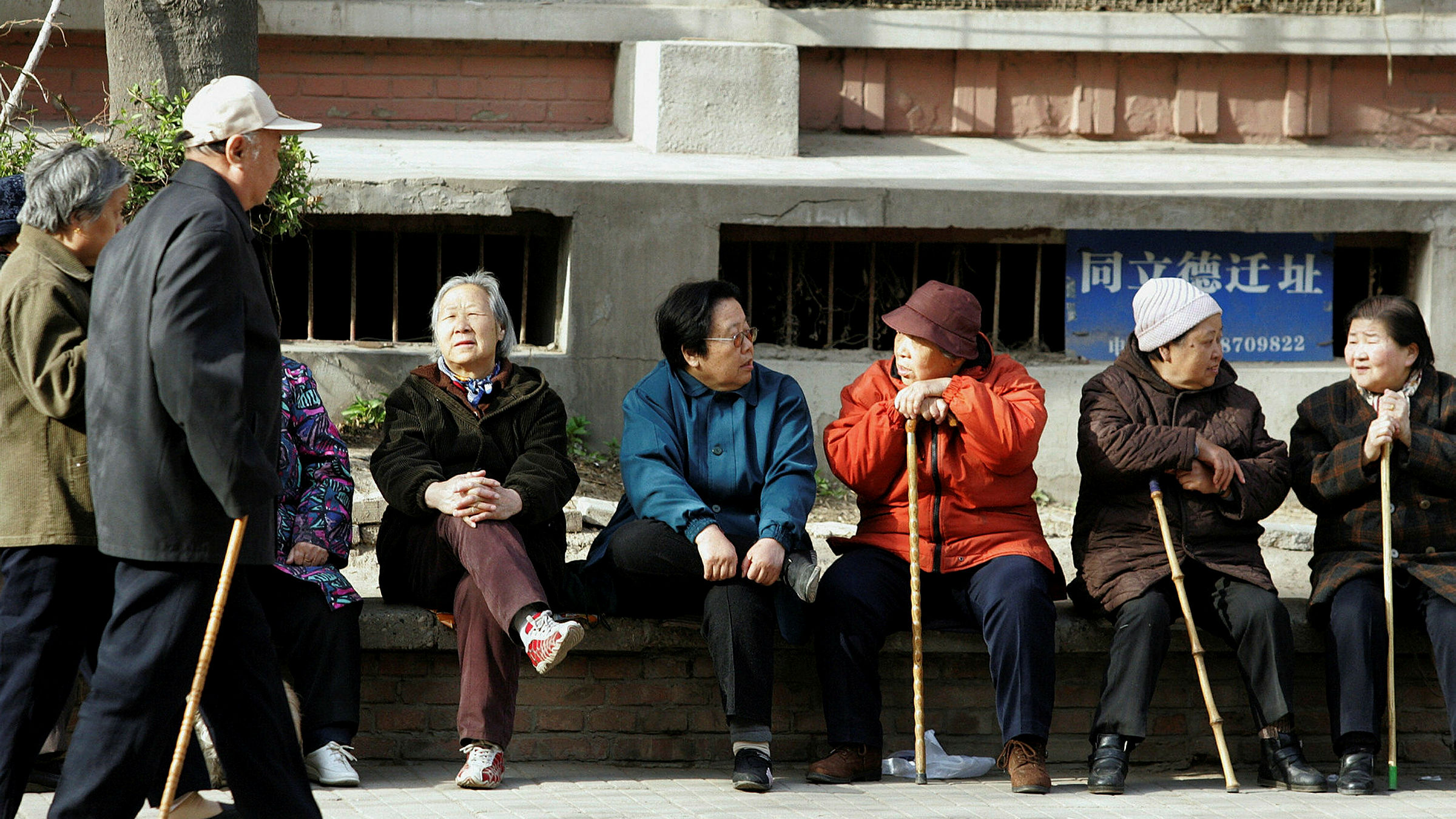If you were asked to think of the mafia, it would be hard not to picture shady figures in dimly lit rooms, exchanging whispers, with squinted eyes and curled lips, communicating almost exclusively in over-the-top hand gestures. While these scenes probably aren’t too far from reality, the mafia—known locally as Cosa nostra (our thing)—isn’t just the old men in the movies; it was a brutal reality that dominated the lives of Sicilians for over a century; it was a system, a way of life that poisoned and infiltrated every street corner in Sicily.
Roots
During the 19th century, Sicily was an island of chaos, one ruled by corruption and feeble law enforcement. Wealthy landowners grew desperate to find some sort of protection from bandits, and since the law enforcement system was so holed, small groups began offering “security services,” if you like, in exchange for a healthy salary. Seems legit. Well, no, the protection these small groups offered was really a form of blackmail; it wasn’t an “optional” service—pay up, or they’d take everything from you. Quickly, these small groups went from being loose networks of bodyguards to manipulating powers that’d muscle their way into various industries like farming, construction, and transportation; like puppet masters, they sunk their claws ever deeper into Sicily's economy; it wasn’t about the money anymore; they sought after political influence, and surely over time they were able to dictate who succeeded and who failed in Sicily. . At the time, there was a big influx of Sicilian immigrants to the United States, most notably to New York. As they moved abroad, they took these practices and ideals with them.
Pyramid of power
Cosa nostra worked like a well-organised firm, run precisely with a clear hierarchy. There was a certain sense of family within these organisations, which didn’t pertain to the traditional loving relationships, but instead the idea that all members involved worked as one body and saw each other almost as “fratelli” (brothers). This system was governed by a mixture of fear and loyalty—designed to protect the higher-ups while keeping the operations running profitably. Naturally, at the top of the pyramid lies the capo dei capi (the boss of the bosses), the most famous of which was Salvatore Toto Riina, who led the Corleone clan within Cosa Nostra. It is important to note that often these bosses would rule over whole regions within Sicily. Clans and families were all part of a bigger web of power, on top of which sat the boss. Next in line was the Sottocapo (underboss), who managed financial transactions and was a more present figure within the crime syndicate. Below this, come the consiglieri (counsellors), who helped settle disputes within the families and were often at the forefront of larger criminal activities. The front line of crime came, however, with the caporegime (captains) and the soldati (soldiers). These were the men who enforced the will of the mafia on the streets, collecting extortion money and generally terrorising the populace. I previously mentioned that the system relied on loyalty, and ultimately it did, though the loyalty was a bit more “forced” than perhaps I made it out to be. The mafia had a code of silence, known as the omertà. This pact swore members to secrecy, and betrayal was punishable by death. It was a blend of loyalty, greed, and fear that allowed Cosa Nostra to survive for so long.
How did they make money?
Cosa nostra found various ways to exploit the Sicilian people and government; one of their most infamous perversions was the pizzo—not to be mistaken with pizza, two very, very different things. Pizzo was a sort of “protection” tax imposed on firms and little businesses. Take a little bakery in Palermo; one day somebody walks in and goes, “If you pay us, we will guarantee your windows won’t get smashed; if you don’t, well... we can’t make any promises, unfortunately.” granted the exchange wouldn’t have been so polite and probably would have involved a few more flying fists than elicited, this was the way in which the mafia would gain control over anything and anyone in Sicily. In the 20th century, drug trafficking became one of Cosa Nostra's most lucrative business ventures. Notably, heroin trades from Sicily to the US. Gary Becker and Kevin Murphy explain why this business is such a profitable one with their economic theory on addictiveness. Basically: People really enjoyed heroin. The mafia noted this. The mafia made the heroin very expensive. People thought, “Can’t really afford that, mate,” but then found that they suddenly liked the heroin so much that they still bought it. Of course, Cosa Nostra made sure to bribe the top politicians and government to turn a blind eye to their nefarious activities.
Anti-mafia efforts
Through the 19th and 20th centuries, the mafia seemed untouchable, and it was. They intimidated witnesses, bribed officials, and mainly governed people’s actions through fear. However, at the end of the 20th century (1980s -1990s) the tide began to change for Cosa Nostra. Two courageous magistrates, Giovanni Falcone and Paolo Borsellino, lead investigations into the inner workings of the mafia. These extended investigations culminated in the maxi trial of 1986-1992, which saw 338 convictions, across which 2,784 years of prison sentences were handed down—excluding life sentences. Falcone and Borsellino were assassinated in 1992, and with them died the maxi trial, but not their influence. Their deaths caused massive waves of outrage amongst the Sicilian people; the groundswell of support pushed the government to augment anti-mafia policies and intensify the crackdown on organised crime. Ironically, the very value that sustained the success of the mafia for all this time turned out to be its fatal flaw: loyalty. The government used pentiti (mafia informants) to gain intel within the heart of the organisation. This, in turn, weakened the value of the omertà, as there was no longer any trust within the family; the men had been divided to fend for themselves, something that didn’t last very long as Salvatore Toto Riina and his right-hand man, Bernardo Provenzano, were arrested in 1993 and 2005, respectively. Now that the central leadership body had been dismantled, the Sicilian populace felt less of this overriding fear to comply and stopped paying their pizzo. The mafia had lost control. Younger generations were born into a world where it was no longer "join the mafia or die"; it was a free Sicily in which the government encouraged liberty and safety.
Cosa nostra no longer has as tight a grip on Sicily as it used to, but its shadow still lingers; remnants of this horrible period are still present to this day; indeed, some of the families are still out there, and more local versions of Cosa nostra occasionally manifest in various little towns—none, though, as powerful as they once were.
